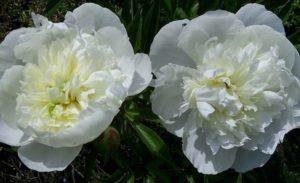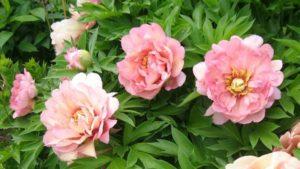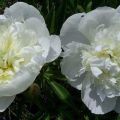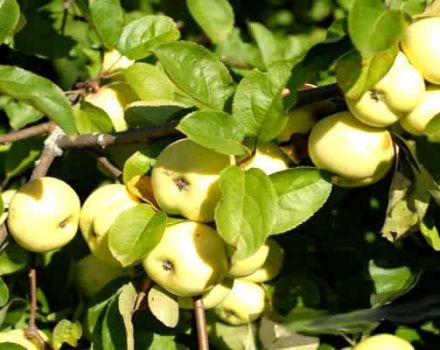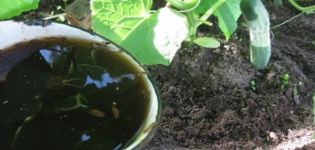Description and characteristics of the Red Grace peony variety, cultivation and care
Peony is a culture that is grown in any garden, the Red Grace variety is distinguished by dense red buds. The plant tolerates low temperatures, with proper care, blooms within 3 weeks after bud formation.
Description and features
The plant has large, dark red flowers. Inflorescences of uniform color, flower diameter reaches 18 cm. The bud is dense, opens gradually. The Red Grace peony variety is widely used for cultivation. The plant is tall, reaches a height of 1.2 meters, spreading bushes. Leaves are dark green, openwork.
Features of the plant:
- the petals on the inflorescence are round, the bud is in the form of a hemisphere;
- the first color appears in the second year after planting in the ground;
- the smell of the plant is pleasant, underdeveloped;
- the plant is winter-hardy and can withstand low temperatures.
The flowers retain their attractive characteristics for a long time.
Important. The plant has high stems, therefore it is recommended to carry out a garter to reduce the risk of damage to the bush during flowering.
Breeding history
This type of plant belongs to hybrids. It first appeared in 1980 as a result of the use of two varieties P. Lactiflora and P. Officinalis. The plant has repeatedly received awards and is considered the most beautiful species of peony.
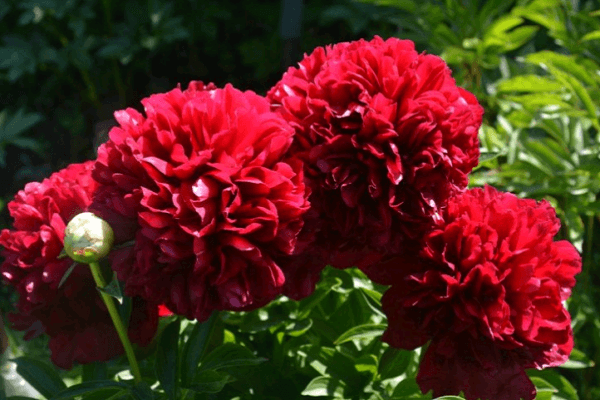
Landing
In order for the peony to please with its abundant color, the peculiarities of planting and caring for the crop should be observed.
Seat selection
When choosing a location, preference should be given to illuminated areas. Sunlight should hit the plant for at least 7 hours a day. Also, the site must be protected from wind and drafts. Avoid planting the plant near trees and houses.

Soil preparation
The culture prefers a light type of soil, saturated with a large amount of nutrients. Before planting, you must first prepare the nutrient mixture by mixing in equal proportions:
- humus;
- peat;
- sand.
The resulting composition is mixed with soil in a 1: 2 ratio, and a peony is planted.
Timing
This type of flower should be planted in the soil in mid-August or September. The fall period allows the roots to adapt to the new soil and to cope with the winter more easily. Crops can be planted in the spring after the soil warms up, but such a seedling is often prone to disease.
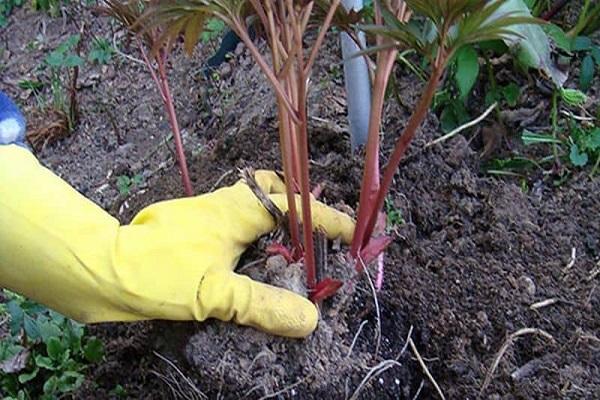
Landing scheme
To plant a peony in open ground, you must first prepare holes up to 70 cm deep and leave for several days.
Then you need to perform the following action:
- add fertilizer to the holes;
- put drainage, you can use pebbles or chips;
- seedlings must be chosen with 2-3 buds;
- place in the well and sprinkle gently with the nutrient mixture.
After the hole is filled up, it is necessary to compact the soil and water it with warm water.
Care
Proper care will speed up the development of the plant and reduce the risk of pests.
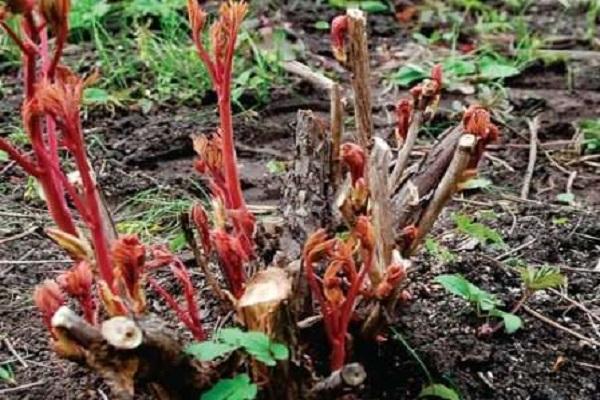
Watering
The plant prefers moist soil, so it is necessary to water the shrubs every 4-5 days. One bush takes up to 10 liters of water. However, if rains are observed, watering is not carried out, as excessive moisture provokes root damage.
Loosening and weeding
The soil must contain a sufficient amount of oxygen, therefore the loosening process is imperative. It is necessary to loosen the soil a day before watering, this will keep the soil airy. Weeding is carried out as needed, it is recommended to remove the weed by hand so as not to harm the plant.
Top dressing
In order for the plant to bloom profusely, fertilizing must be applied in the third year after planting. Peony requires regular feeding, otherwise the buds may be small.
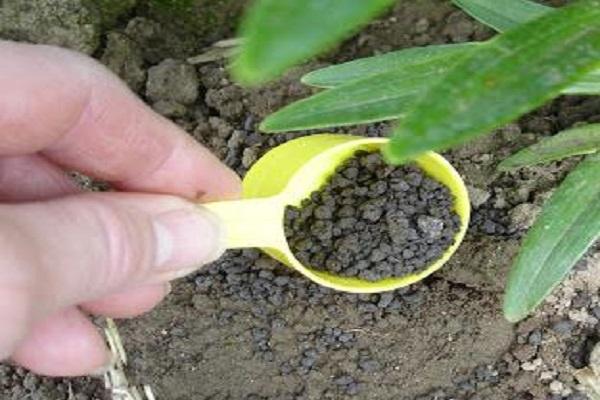
Fertilizers such as phosphorus and nitrogen are applied. Such additives will promote a lush bloom. You can also use a solution of chicken manure in the spring to strengthen the stems and reduce the risk of disease in the spring.
Bud formation
In the process of bud formation, the most commonly used substance is "Kemira-Kombi", which contains complex elements necessary for the development of culture.
Bloom
Potassium and phosphorus are used as top dressing. It is applied by the root method during irrigation.
After flowering
Potassium-phosphorus fertilization is introduced in order to strengthen the root system for the winter period.
It is also recommended to add humus to the soil in the fall, which will serve not only as a fertilizer, but also as a heater.
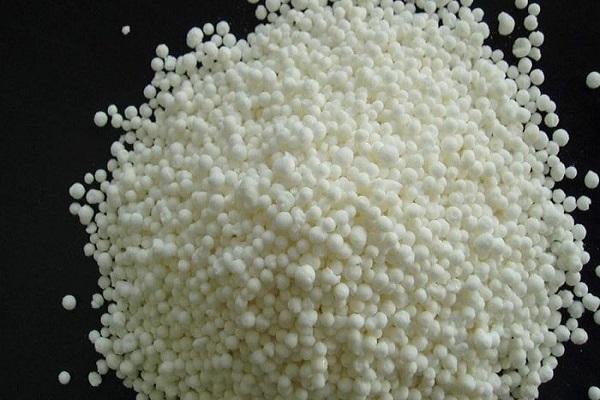
Diseases and pests
Peonies are resistant to disease. However, improper care very often leads to problems.
Gray rot
This problem arises most often with frequent watering. The first symptoms of the disease are wilting of the bush and the absence of buds. Leaves become dull with yellow spots. Gradually, the shoots of the bush become covered with a gray bloom and die. For treatment, it is necessary to remove the damaged area of the culture and carry out the treatment with Bordeaux liquid.
Aphid
Such a pest can appear at any period of cultural development, but most often in mid-spring and summer. Small insects feed on the sap of the crop and lead to the death of leaves and shoots. To remove the pest, you can use a solution of laundry soap or the preparation "Fitoverm" for spraying.
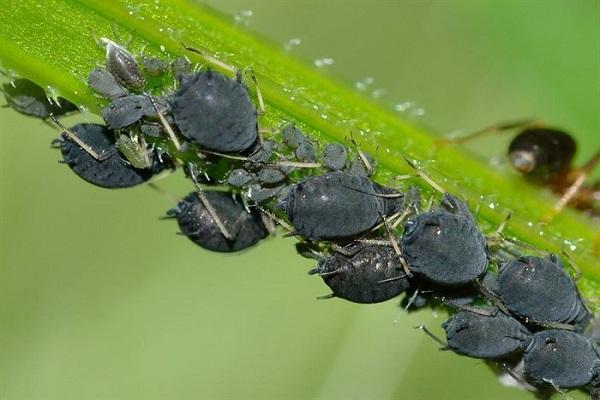
Ants
A common problem with peonies. The ants attack the buds and feed on the sweet syrup. As a result, it leads to the destruction of inflorescences. To remove pests, it is necessary to spray the area where the plants grow with special repellents.
The best neighbors in a flower arrangement
Peony is undemanding to neighbors, but it must be borne in mind that the bushes of the culture are large. Therefore, it is necessary to carefully select flowers in a flower bed.
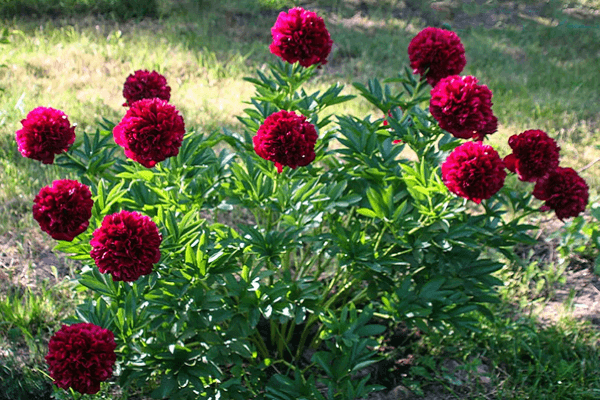
Foliage texture
Peonies will not develop normally next to plants that grow more than the bush itself. Therefore, it is necessary to select crops that have the same leaf texture as peonies, filling the space on the flower garden.
Phlox
Plants can be used with peonies in the composition. They do not have common pests, therefore they do not affect the development of each other.However, it is recommended not to plant at a close distance from each other, leaving room for loosening the soil.
Irises
Unlike peonies, the roots of irises are located in the upper layers of the soil, so these two varieties of crops can be planted on the site. In addition, externally, plants are combined in landscape design.
Sedum
Peony and stonecrop have a similar structure of bush and foliage. Therefore, they can be planted in one area as the main plants, however, a distance of at least 50 cm must be maintained between the bushes so that the bushes have the necessary space for development.
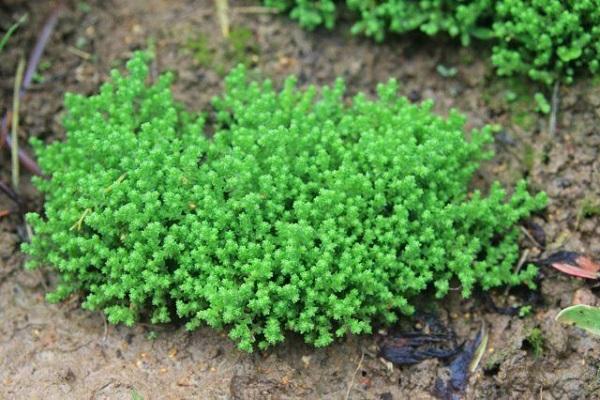
Vertical structure
Peonies can be grown with other tall crop types that exceed shrubs.
Delphinium
The height of the culture is up to 2 meters, it can be grown on the site together with peonies and roses as an additional background for the composition.
Vatochnik
The plant has strong, fleshy stems and can be grown in conjunction with peonies. The height of the bush is 150 cm on average. The culture blooms in mid-summer. Therefore, it does not affect the development of peonies.

Digitalis
The plant can act as an addition to the appearance of the flower bed, the foxglove blooms in late August. Therefore, it does not affect the development of peony buds.
The peony is a garden decoration. Peony Red Grace is distinguished not only by its attractive appearance, but also by resistance to diseases. Despite the fact that the plant is odorless, the peony is a popular crop.
